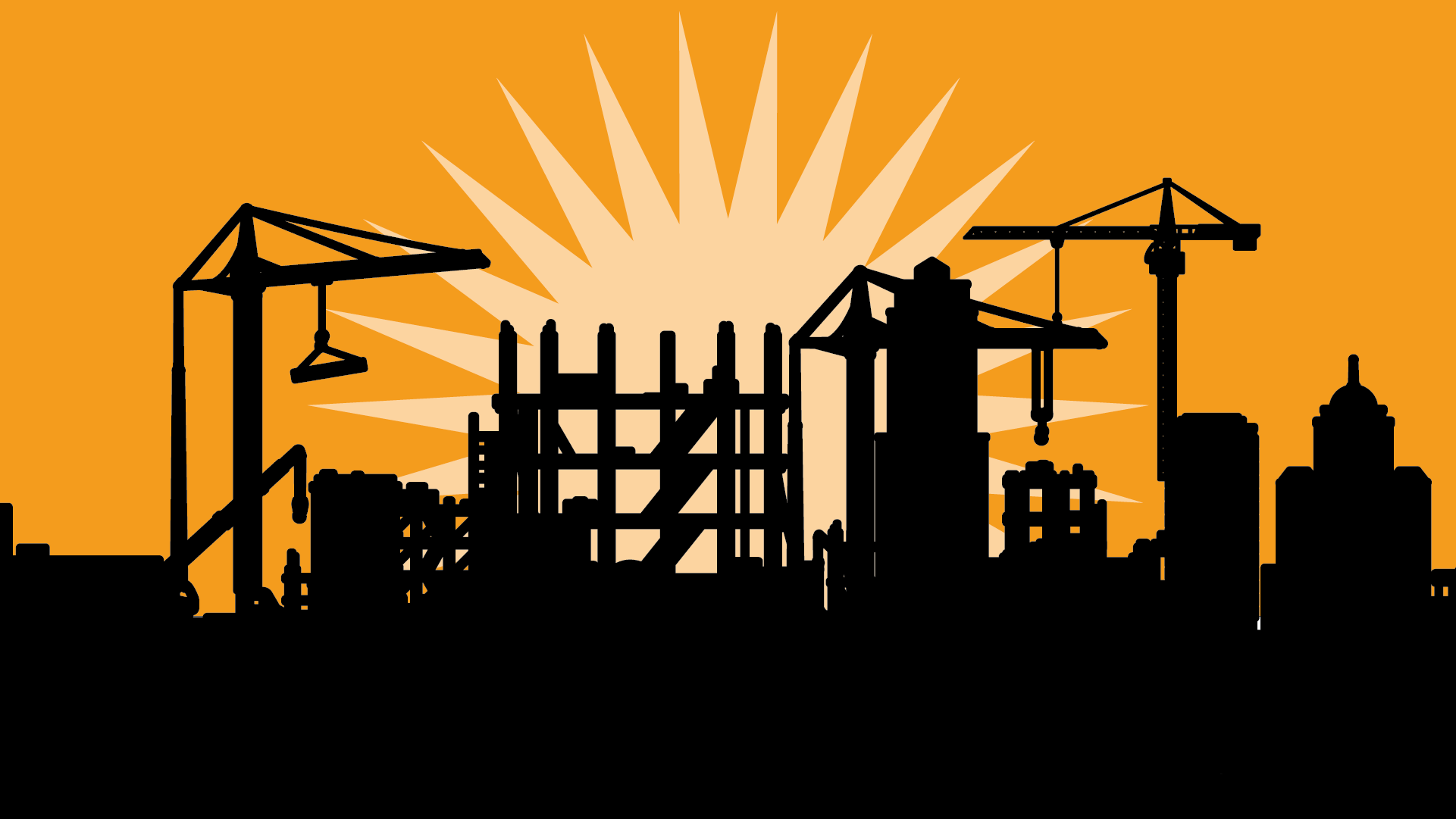
CCE Blog
News, perspectives, and more from the Washington State Construction Center of Excellence.
CCE December Newsletter
Learn more about what we are doing in the construction industry, enjoy our new blog “A Simple Cup of Coffee” Safety through the eyes of a roofer….., see upcoming events, and more, in our December newsletter.
CCE November Newsletter
Learn more about what we are doing in the construction industry, enjoy our new blog “A Simple Cup of Coffee”, see upcoming events, and more, in our November newsletter.
Introducing “A Simple Cup of Coffee”
Welcome to the inaugural edition of “A Simple Cup of Coffee”, a blog initiated by Kristi Grassman of the Center of Excellence for Construction and written by yours truly. We hope to make this a monthly posting speaking to all professionals in the construction industry.
Which rebar caps should I use?
Considering the serious nature of the hazard, the standard mushroom-style plastic rebar caps should not be used for protection against impalement. Protective devices capable of withstanding at least 250 pounds dropped from a height of ten feet should be used.
Rebar Safety Resources
We’ve compiled resources, videos, and websites on rebar safety to help you stay safe on the job. This month’s resources include a course to teach workers about hearing protection, an OSHA pocket guide to evaluate noise and potential hearing loss, and our PSA-style video on hearing protection..
CCE October Newsletter
Learn more about what we are doing with our 2020-21 Work Plan, see upcoming events, and more, in our October newsletter.
Work safely with rebar
Vaughn Pugh, President of Integrity Safety Services, is keenly aware of the risks associated with exposed rebar. A staple material across modern jobsites, rebar presents an unparalleled danger when improperly handled. "Rebar is typically placed on the ground, often on a walking path or work surface," creating an ever-present hazard. "Rebar affects every worker on a site and, therefore, has a greater impact on possible injury."
Rebar Safety Toolbox Talks
Rebar is used on almost every jobsite. All protruding rebar is hazardous. Employees can fall on protruding rebar, creating major and even life-threatening injuries.
This month, we’re sharing toolbox talks and facts to ensure everyone can work around rebar safely.
Protect your hearing on the job
Christina Riley, Marketing Representative of the Laborers International Union of North America (LiUNA), believes every individual working in construction should prioritize hearing protection. Hearing protection is often neglected due to poor on-site availability and inadequate training. When hearing protection isn’t readily available, workers often forgo it altogether, risking permanent hearing loss.
CCE September Newsletter
Learn more about what we are doing to reduce deaths from suicide in the construction industry, see upcoming events, and more, in our September newsletter.
Hearing Protection Resources
We’ve compiled resources, videos, and websites on hearing protection to help you stay safe on the job. This month’s resources include a course to teach workers about hearing protection, an OSHA pocket guide to evaluate noise and potential hearing loss, and our PSA-style video on hearing protection..
2019/2020 Annual Report
The Construction Center of Excellence (CCE) connects the construction industry to education partners across the state of Washington. Read about our 2019–2020 year and what we accomplished.
Construction Industry Alliance for Suicide Prevention
There are approximately three jobsite fatalities in construction every day and an estimated 10 to 12 suicides among construction workers. In the construction industry, mental health awareness and suicide prevention are just as important as job safety issues.
CCE August Newsletter
We’re pleased to announce that the all-new Toolbox Talks app is ready to download for free! Learn about fall classes at RTC and more in our monthly newsletter.
Suicide & Mental Health Resources
We’ve compiled resources, videos, and websites on suicide prevention and mental health to help you stay safe on the job. This month’s resources include suicide and mental health hotlines, groups who are actively addressing suicide and mental health in the construction industry, and a workplace checklist.
A Call for Help
A recent medical study highlights the rising mortality rates of middle-aged males (aged 45-54) without a college education which constitutes a large portion of construction’s aging workforce in both the skilled and unskilled trades. Moreover, industry risk factors include the male-dominated workforce with a tough-guy culture which reinforces reluctance among employees to reach out when their mental health is compromised. Thus, many treatable mental health conditions like depression, anxiety and substance abuse are going undiagnosed until they progress to catastrophic outcomes.
Suicide & Mental Health
The suicide rate in construction is 53.2/100,000 – that is 4 times greater than the national average and 5 times greater than that of all other construction fatalities combined.
This month, we are focusing on suicide prevention and mental health awareness.
Identifying Construction Fire Risk Begins with 5 Questions
Vaughn Pugh, President of Integrity Safety Services, specializes in identifying the many factors that affect a worksite's emergency preparedness. In the case of fire safety and suppression, properly maintained fire extinguishers take top billing. "All buildings have combustibles, so it's important to have working fire extinguishers...The last thing you need is to go get one and find out it doesn't work."
Fire Safety & Prevention Resources
We’ve compiled resources, videos, and websites on fire safety and prevention to help you stay safe on the job. This month’s resources include how to create a fire prevention plan, tips on using a fire extinguisher, and two national nonprofits working to reduce the number of injuries and deaths caused by fire.
Fire Safety is Everyone's Responsibility
Vaughn Pugh, President of Integrity Safety Services, specializes in identifying the many factors that affect a worksite's emergency preparedness. In the case of fire safety and suppression, properly maintained fire extinguishers take top billing. "All buildings have combustibles, so it's important to have working fire extinguishers...The last thing you need is to go get one and find out it doesn't work."















